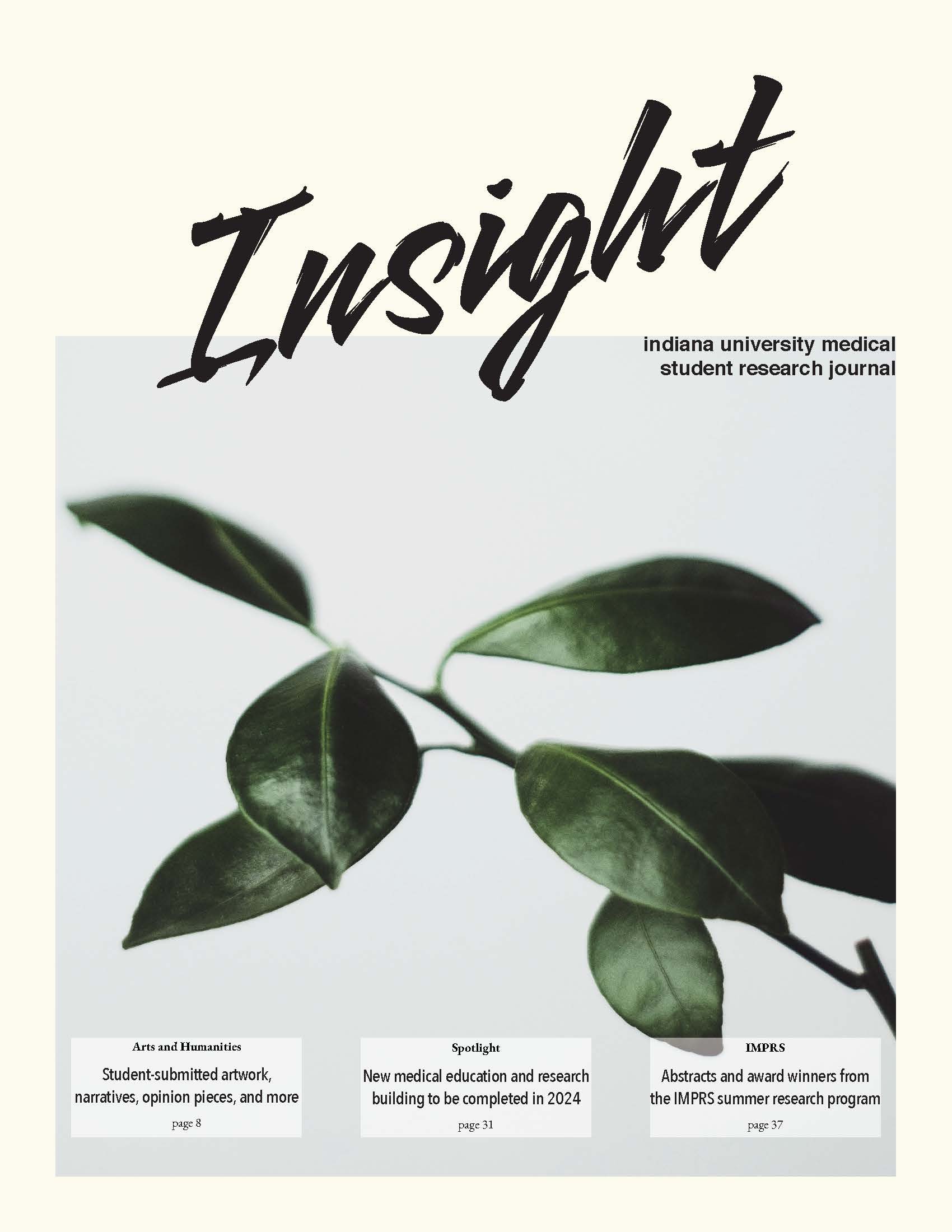Intravital Microscopy Optimization for Murine Tail Lymphedema Model
Abstract
Background: Lymphedema is limb swelling caused by lymphatic dysfunction. It occurs in 30% of patients that undergo axillary lymph node dissection in the treatment of breast cancer. It can cause pain, impair function, and decrease quality of life. Lymphedema is treated with compression, excisional procedures and microsurgical physiologic procedures. There is no cure for this disease. The murine tail model of lymphedema is an established animal model for lymphedema. Visualization of lymphatics and functional assessment remains a challenge.
Project Rationale: Immunohistopathology and qRT-PCR are two commonly used in vitro techniques for molecular assessment of lymphatics in animal tissues. These methods provide incomplete information about the structure/function of lymphatics and introduce the confounder of harvested tissue. Methods of functional evaluation such as lymphoscintigraphy or lymphangiography show transit of dyes through lymphatics without high resolution imaging of the lymphatic vessels. Intravital two-photon microscopy (IVM) addresses these disadvantages through real-time imaging of subcellular level biological processes in live animals. The goal of this project is to optimize IVM methods for the assessment of functional lymphangiogenesis in the murine tail lymphedema model.
Methodology Development: A full-thickness skin excision is performed near the base of the tail in C57BL/6 mice. The lymphatic trunks are then surgically transected. Gene-based therapy is delivered to the tail at the surgical site. At 10 days post-treatment, a second full-thickness skin excision is made distal to the site of occlusion. FITC-Dextran (2000 kD) is injected at the distal tail for lymphatic uptake. Lymphatic vessels are visualized at the second skin excision site with the Leica SP8 Confocal/Multiphoton Microscope and assessed for number of branching points. Images are captured with Leica Application Suite Advanced Fluorescence Software and analyzed with Imaris Microscopy Image Analysis Software. This results in the ability of functional assessment of lymphatics and visualization of lymphangiogenesis following gene-based therapy.
Downloads
Published
Issue
Section
License
Copyright to works published in Insight is retained by the author(s).

